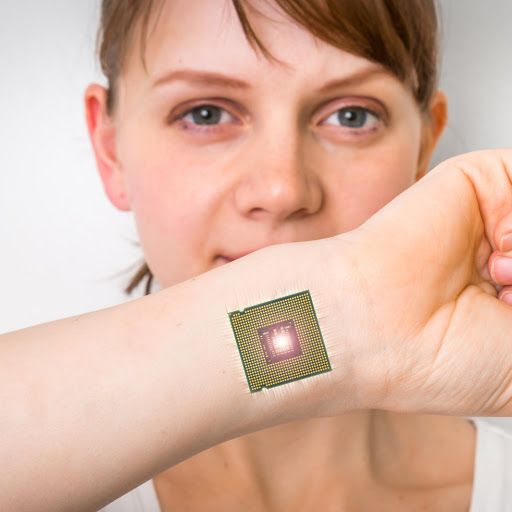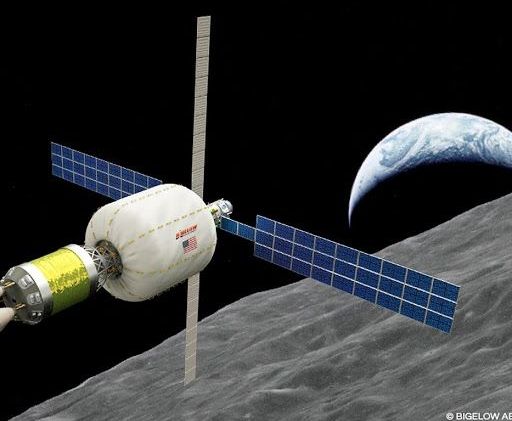The man who brought the world Teslas can start excavating along the city’s New York Avenue, an early step in his plans to develop a new mode of transportation.



AR and human integration is no longer a possibility — it’s a REALITY.

(Left) Superatomic structure and (right) exfoliated 15-nm-thick flakes of the material Re6Se8Cl2. Credit: Zhong et al. ©2018 American Chemical Society Atoms are the basic building blocks of all matter—at least, that is the conventional picture. In a new study, researchers have fabricated the first superatomic 2-D semiconductor, a material whose basic units aren’t atoms but superatoms—atomic clusters that exhibit some of the properties of one or more individual atoms. The researchers expect that the new material is just the first member of what will become a new family of 2-D semiconductors…



Meow-Ludo Disco Gamma Meow-Meow couldn’t just toss away his New South Wales transit pass even after he found out that it got deactivated while he was on a trip to the USee, Meow-Meow (yes, that is his legal name) cut the chip out of the travel card, encased it in biocompatible plastic and had it implanted under the skin on his left hand. The biohacker now plans to file a lawsuit against New South Wales’ transport authorities, not just to fight the decision, but also to help create laws around body-hacking tech. In addition to the transit pass chip, Meow-Meow has two other implanted elect…


Scientists have discovered nearly 100 new ‘exoplanets’ in the search for Earth-like planets that could support life.
It’s a major breakthrough that reveals new planets that range in size from smaller than Earth to celestial bodies even bigger than Jupiter.
The findings were made by a team of international colleagues from the University of Denmark, NASA, the University of Tokyo and others.
